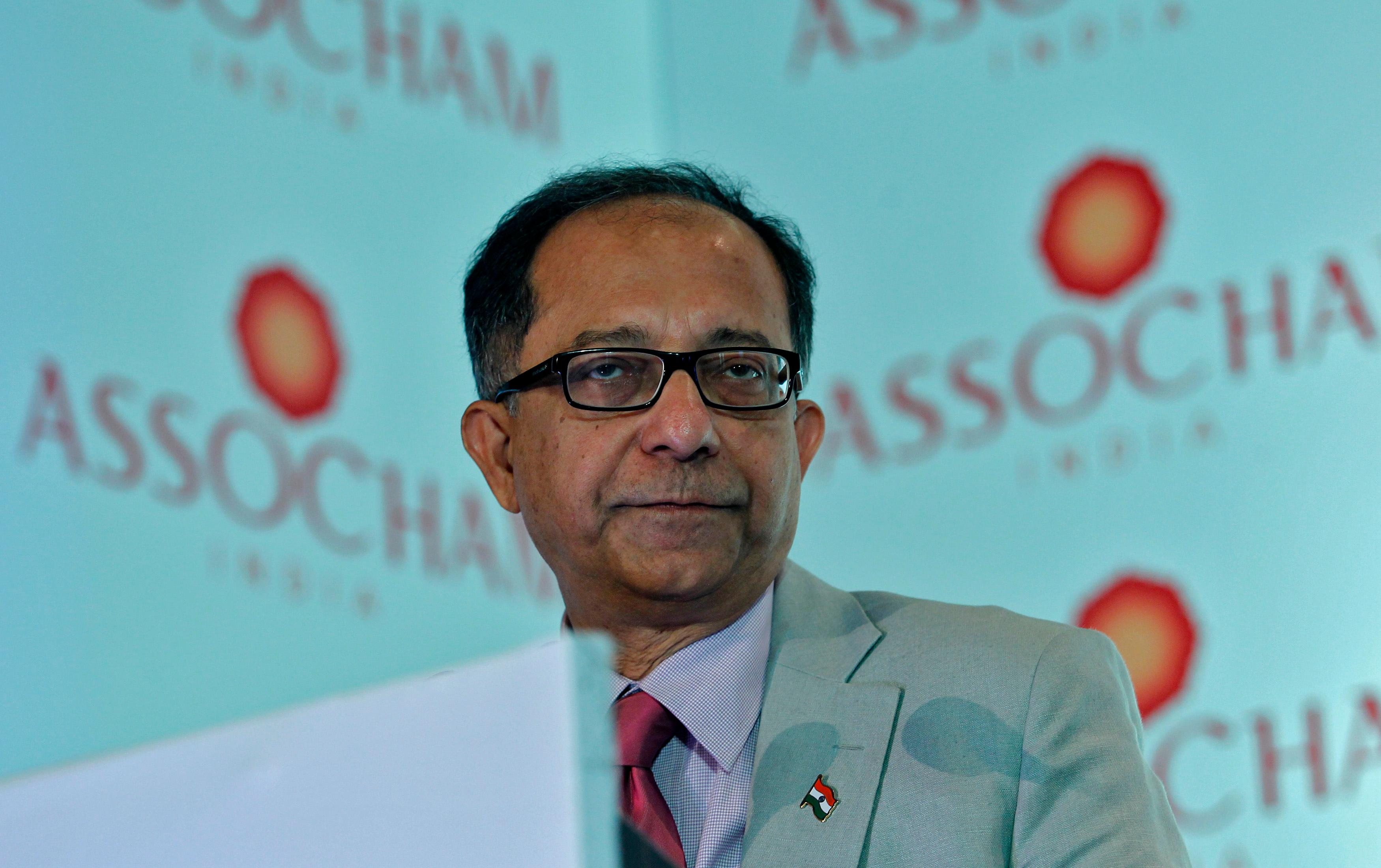The World Bank lowered its global economic growth forecast for 2015 and next year due to disappointing prospects in several countries but said India's economic growth should catch up to China's next year and marginally surpass in 2017.
India's GDP growth shall accelerate to 6.4 per cent this year and rise further to hit the 7 per cent mark over the next two years. In contrast, China', which is undergoing a carefully managed slowdown, will see growth slow down to a still-robust 7.1 per cent this year (7.4 per cent in 2014), 7 per cent in 2016 and further down to 6.9 per cent in 2017, according to the World Bank Group’s Global Economic Prospects (GEP) report, released on Wednesday.
The previous edition of the report last June had projected growth in India at 5.5 per cent in FY15, accelerating to 6.3 per cent in FY16 and 6.6 per cent in the year ending March 31, 2017. To that extent the World Bank has lifted its medium term growth forecast for India.
The six-monthly report noted that the oil price collapse will result in winners and losers.
“Amongst large middle-income countries that will benefit from lower oil prices is India, where growth is expected to accelerate to 6.4 per cent this year (from 5.6 per cent in 2014), rising to 7 per cent in 2016-17,” it said.
Referring to the South Asia region it said that growth rate rose to an estimated 5.5 per cent in 2014 from a 10-year low of 4.9 per cent in 2013. The upturn was driven by India, the region’s largest economy, which emerged from two years of modest growth, according to the report.
“Regional growth is projected to rise to 6.8 per cent by 2017, as reforms ease supply constraints in India, political tensions subside in Pakistan, remittances remain robust in Bangladesh and Nepal, and demand for the region’s exports firms. Past adjustments have reduced vulnerability to financial market volatility. Risks are mainly domestic and of a political nature. Sustaining the pace of reform and maintaining political stability are key to maintaining the recent growth momentum,” the World Bank said.
But cuts previous global growth outlook
However, the global economy at large seems to give a less optimistic scenario. Although it is still to expand this year and the next, the earlier growth forecast has been cut.
After growing by an estimated 2.6 per cent in 2014, the global economy is projected to expand by 3 per cent this year, 3.3 per cent in 2016 and 3.2 percent in 2017. The previous report had said the global economy will grow 3.4 per cent this year and 3.5 per cent in 2016.
On the back of gradually recovering labour markets, less budget tightening, soft commodity prices, and still-low financing costs, growth in high-income countries as a group is expected to rise modestly to 2.2 per cent this year (from 1.8 per cent in 2014) in 2015 and by about 2.3 per cent in 2016-17. Growth in the United States is expected to accelerate to 3.2 per cent this year (from 2.4 per cent last year), before moderating in 2016 and 2017, respectively.
In the Euro zone, uncomfortably low inflation could prove to be protracted, according to the report. The forecast for the Euro area growth is a sluggish 1.1 per cent in 2015 (0.8 per cent in 2014), rising to 1.6 per cent in 2016-17. In Japan, growth will rise to 1.2 per cent in 2015 (0.2 per cent in 2014) and 1.6 per cent in 2016, the report said.
“Worryingly, the stalled recovery in some high-income economies and even some middle-income countries may be a symptom of deeper structural malaise,” World Bank chief economist and senior vice president Kaushik Basu said.
Talking about the silver linings, he said the lower oil price, which is expected to persist through 2015, is lowering inflation worldwide and is likely to delay interest rate hikes in rich countries.
“This creates a window of opportunity for oil-importing countries, such as China and India; we expect India’s growth to rise to 7 per cent by 2016. What is critical is for nations to use this window to usher in fiscal and structural reforms, which can boost long-run growth and inclusive development,” he added.
Developing countries in particular, grew 4.4 per cent in 2014 and are expected to edge up to 4.8 per cent in 2015. This is forecasted to strengthen to 5.3 per cent and 5.4 per cent in 2016 and 2017, respectively.
The world Bank said the risks to the outlook remain tilted to the downside due to four factors: persistently weak global trade, possibility of financial market volatility as interest rates in major economies rise on varying timelines, the extent to which low oil prices strain balance sheets in oil-producing countries and the risk of a prolonged period of stagnation or deflation in the Euro area or Japan.
(Edited by Joby Puthuparampil Johnson)





